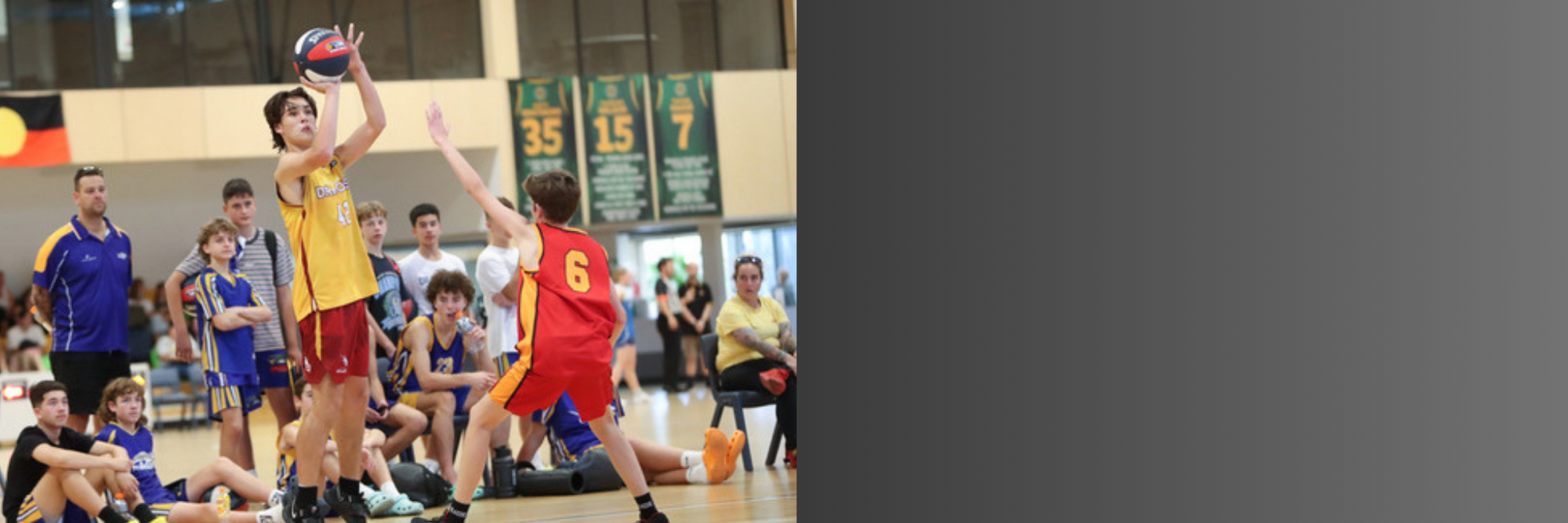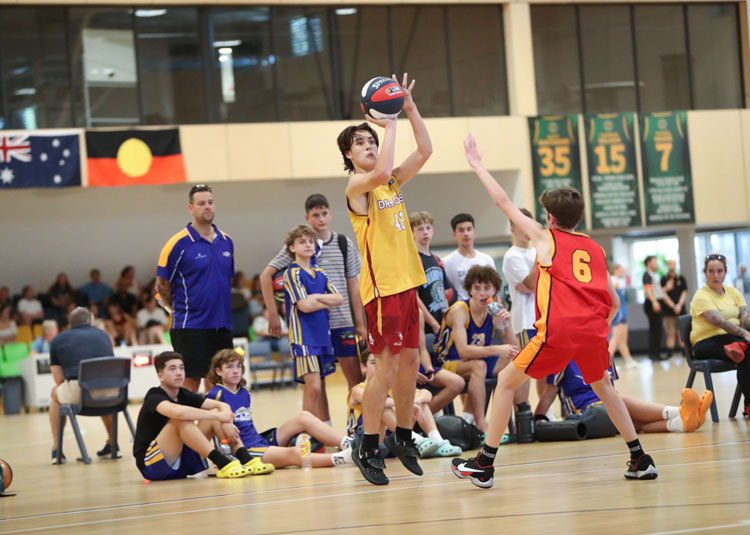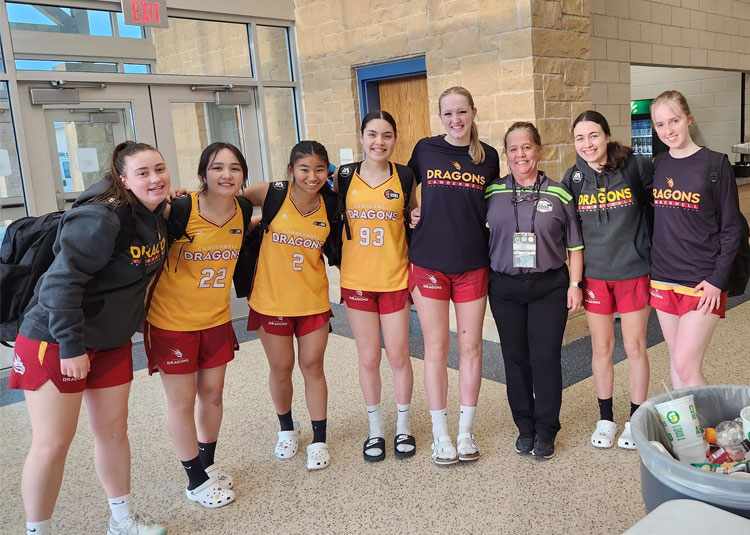Junior Dragons

Representative basketball with Camberwell Dragons is the next step after domestic basketball. The Victorian Junior Basketball League (VJBL) offers various levels of competition, including Victorian Junior Championship, for Under 12, Under 14, Under 16, Under 18 and Under 20 age groups.





Camberwell Dragons
Representative basketball requires a higher level of commitment from players and their families. We encourage domestic players and their families who are considering it to attend one of our “Introduction to Representative Basketball” sessions. These sessions are advertised on our social media channels and on our website.
Learn More




Tryouts
Our VJBL teams are selected after a three to four-week tryout period, usually held in October. It is necessary to register for tryouts, even if you've played for Dragons previously. Tryout registrations usually open in September. We'll announce specific details through our social media channels and on our website.
Learn More




Tournaments
In addition to the home and away season, Camberwell Dragons players compete in a number of tournaments, including the Southern Peninsula (November), Eltham/ Dandenong (Australia Day), Nunawading (King's birthday) and Adelaide Classic (Easter). These tournaments offer opportunities for team building, consolidation of team plays and more competition time.
Learn More


